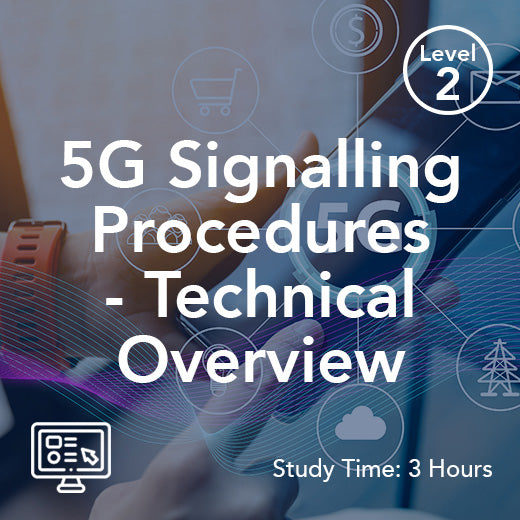Esn Electronic Serial Number
- , by Stephanie Burrell
- 4 min reading time
The electronic serial number (ESN) is a unique identifier assigned to mobile devices to distinguish them from one another in a telecom network. In the UK market, ESNs play a crucial role in tracking and managing mobile devices, ensuring secure and efficient communication services for users. This identifier is used by network operators to authenticate devices, prevent fraud, and enable features such as device tracking and remote locking. Additionally, ESNs are essential for regulatory compliance and warranty purposes in the telecom industry. Overall, understanding the significance of ESNs in the UK market is essential for both consumers and industry professionals to ensure the smooth operation of telecom services.
The Electronic Serial Number (ESN) is a unique identifier assigned to mobile devices, playing an essential role in the telecom industry. Originally introduced in the 1980s, the ESN was used in Code Division Multiple Access (CDMA) systems to identify and authenticate phones on the network. In the UK market, as well as globally, the ESN has served as a critical security tool, helping network operators ensure that only valid and authorised devices connect to their systems.
By understanding the function of the ESN electronic serial number, both users and industry professionals can better appreciate its impact on device tracking, fraud prevention, and secure communications.
What is an Electronic Serial Number?
The electronic serial number is a 32-bit number stored in a mobile device’s hardware. Typically represented in hexadecimal format, the ESN is divided into two sections:
-
The manufacturer code (first eight bits) – identifying the company that produced the device.
-
The serial number – a unique set of digits that distinguishes one phone from other devices.
Together, this creates a globally unique identifier that can be compared with other identification systems such as the IMEI (International Mobile Equipment Identity), MAC address, or MEID (Mobile Equipment Identifier). Unlike software-based identifiers, the ESN is embedded in hardware, making it harder to manipulate and therefore valuable for security and fraud prevention.
Role of ESNs in Telecom Networks
In practice, ESNs are used by network systems and applications to:
-
Authenticate devices when they attempt a connection to a CDMA or GSM network.
-
Prevent fraud by ensuring that cloned or unauthorised devices are not granted access.
-
Track and identify devices for mobile forensics, warranty validation, or theft prevention.
-
Support inventory management for carriers like Verizon and other major telecom providers.
-
Enable features such as remote locking, device tracking, and responding to regulatory requirements.
Because each ESN is unique, it represents a layer of trust between users, manufacturers, and operators, ensuring that only recognised devices can access mobile services.
ESNs vs IMEI and Other Identifiers
While the ESN electronic serial system was widely adopted, newer devices now primarily use the IMEI or MEID for identification. The IMEI is more common in GSM networks, while the MEID was introduced as a future-based assignment system to replace ESNs once the pool of available numbers was exhausted.
Still, the ESN remains significant in mobile forensics, legacy CDMA networks, and in cases where validity of older devices must be verified. Compared to identifiers like the MAC address used in Wi-Fi and data applications, the ESN has a stronger role in telecom security and fraud prevention.
Security, Fraud Prevention, and Forensics
A major benefit of ESNs is their ability to ensure security by reducing risks of fraud and device cloning. Since ESNs are hardware-bound, they provide reliable identification in case studies of mobile forensics, helping investigators track phones, analyse data, and verify device history. For users, this helps protect against stolen devices being resold or reused with cloned identities. For operators, ESNs help verify validity and support regulatory compliance with authorities like the FCC and telecom regulators in the UK.
Future of ESNs
While the electronic serial system has been largely replaced by IMEI and MEID, ESNs remain relevant for legacy systems, forensics, and inventory management. In the future, more advanced identifiers tied to cryptographic technology and stronger encryption methods will continue the mission that ESNs originally served—identifying, authenticating, and securing mobile devices.
For consumers, understanding ESNs is helpful when reviewing a device’s validity, purchasing second-hand phones, or ensuring compatibility with network operators. For industry professionals, ESNs highlight the evolution of mobile security algorithms and underscore the importance of strong identifiers in the ongoing fight to prevent fraud and protect users.

































